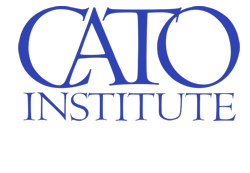Colin Grabow
Colin Grabow
As President Donald Trump threatens so-called “reciprocal tariffs” on US trading partners, some countries are offering lower duties to avoid the US leader’s wrath. Vietnam recently announced that it is cutting tariffs on a range of US exports, including energy and agricultural products, as well as approving the Starlink satellite internet system owned by Trump ally Elon Musk. Similarly, India appears willing to cut its tariffs on approximately half of all US imports, and Israel is removing all remaining tariffs on US goods (although the move’s practical import is less dramatic, as the vast majority of US exports were already duty-free thanks to a 1985 trade deal).
More countries may follow.
At least on the surface, such developments seem to vindicate Trump’s aggressive approach. Merely the risk of higher tariffs has prompted countries to offer lower duties, with attendant benefits for US exporters. It’s not difficult to see why some might claim this as an example of the president’s much-ballyhooed dealmaking prowess in action.
But let’s not put this in the win column just yet.
Although tariff cuts on US exports are always welcome, they must be balanced against the totality of Trump’s record. That looks set to include not only tariff reductions by the likes of India (which received $41.8 billion in US exports in 2024) and Vietnam ($13.1 billion), but also retaliatory tariff increases by key trading partners such as Canada (a $349.4 billion export market in 2024) and the European Union ($370.2 billion).
That the benefits of lowered tariffs from some countries will outweigh the burden of looming retaliatory tariffs on US exporters is not clear.
Additionally, whatever tariff cuts US trading partners announce in response to Trump’s pressure could prove fleeting. The unilateral reductions announced by India and Vietnam, for example, are not secured by binding agreements. » Read More
https://www.cato.org/blog/do-fresh-tariff-cut-offers-validate-trumps-approach-trade






